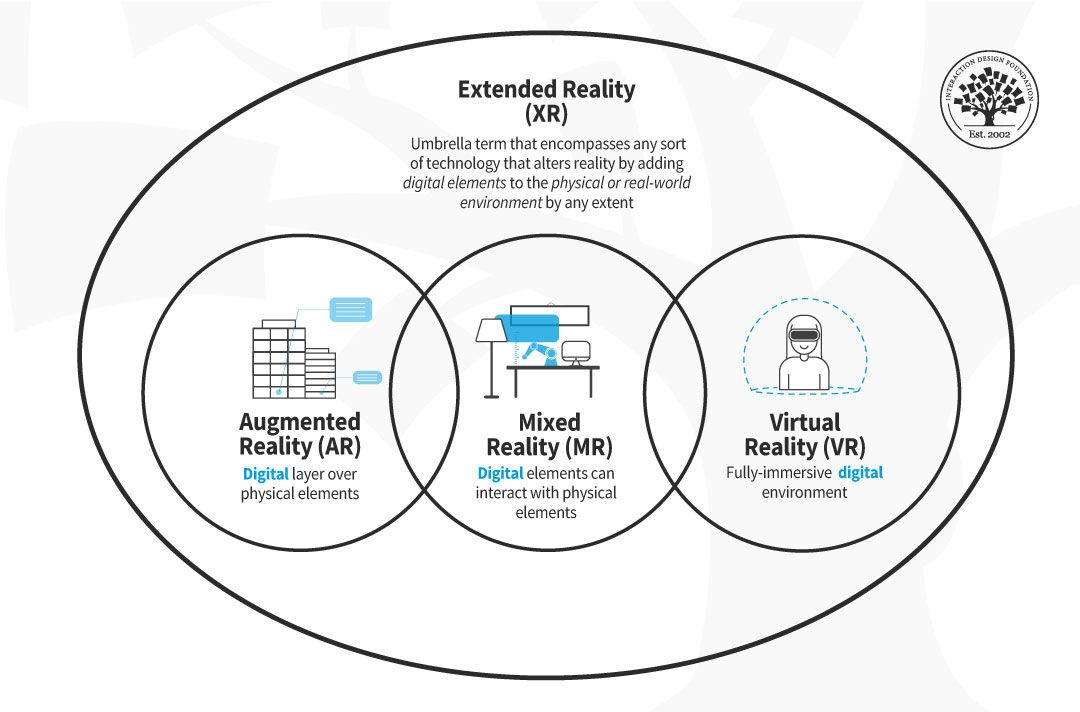
Extended Reality (XR) is a cutting-edge technology that is revolutionizing the way we interact with the digital world. XR encompasses a spectrum of technologies that blur the lines between the physical and virtual worlds, creating immersive and interactive experiences for users. In this article, we will delve into the world of XR, exploring what it is and how it works.
What is Extended Reality?
Extended Reality is an umbrella term that encompasses Virtual Reality (VR), Augmented Reality (AR), and Mixed Reality (MR). These technologies combine digital elements with the physical environment to create immersive experiences for users. XR can transport users to virtual worlds, overlay digital information on the real world, or blend the two to create new and exciting experiences.
How Does XR Work?
The technology behind XR varies depending on the type of experience being created. However, the fundamental principles remain the same. XR relies on a combination of hardware and software to create immersive environments for users.
Virtual Reality (VR)
Virtual Reality uses headsets or goggles to immerse users in a completely virtual environment. These headsets contain high-resolution displays that are synchronized to track the user’s head movements, creating a sense of presence in the virtual world. VR experiences can range from simple games to complex simulations that mimic real-world scenarios.
Augmented Reality (AR)
Augmented Reality overlays digital information, such as images, videos, or 3D models, onto the user’s view of the real world. AR experiences can be viewed through smartphones, tablets, or specialized glasses that display digital content on top of the physical environment. AR is commonly used in applications like gaming, navigation, and education.
Mixed Reality (MR)
Mixed Reality combines elements of both VR and AR to create interactive experiences that blend the physical and virtual worlds. MR headsets, like Microsoft’s HoloLens, use sensors and cameras to track the user’s position and surroundings, allowing digital objects to interact with the real world in real-time. MR experiences can range from simple object overlays to complex simulations that integrate digital content seamlessly with the physical environment.
Applications of Extended Reality
Extended Reality has a wide range of applications across various industries, including gaming, entertainment, healthcare, education, and training. VR can be used to create realistic simulations for training and education, while AR can enhance navigation apps and gaming experiences. MR is being used in architecture and design to visualize projects in real-time and make changes on the fly.
Conclusion
Extended Reality is a transformative technology that is reshaping the way we interact with the digital world. Whether it’s immersing yourself in a virtual gaming world, overlaying digital information on the real world, or blending the two to create new and exciting experiences, XR has the potential to revolutionize the way we live, work, and play. As the technology continues to evolve, the possibilities for XR are endless.
Are you ready to dive into the world of Extended Reality?
Experience the future today with XR!
Written by: [Your Name] | Date: [Current Date]